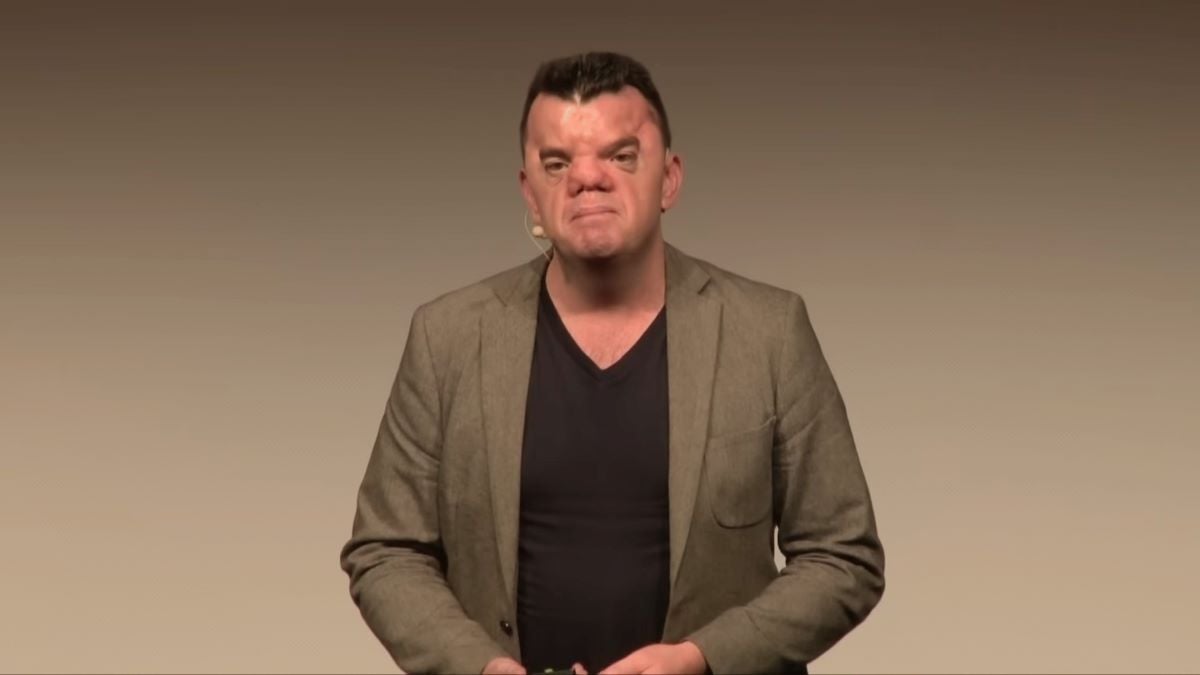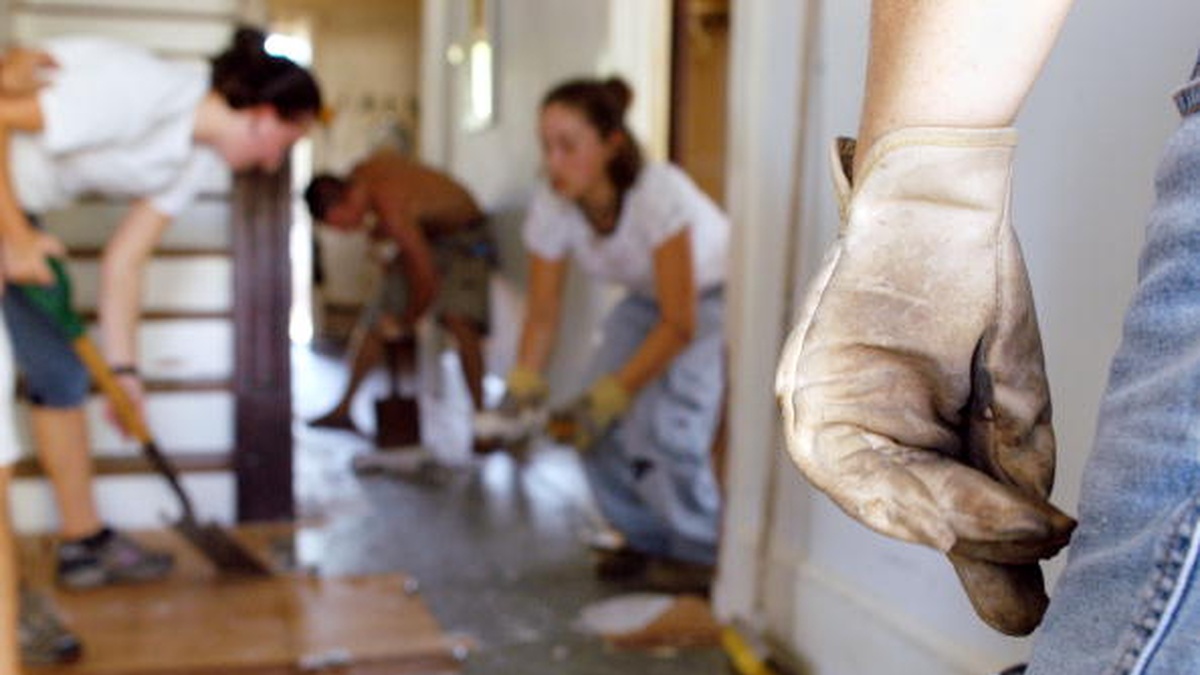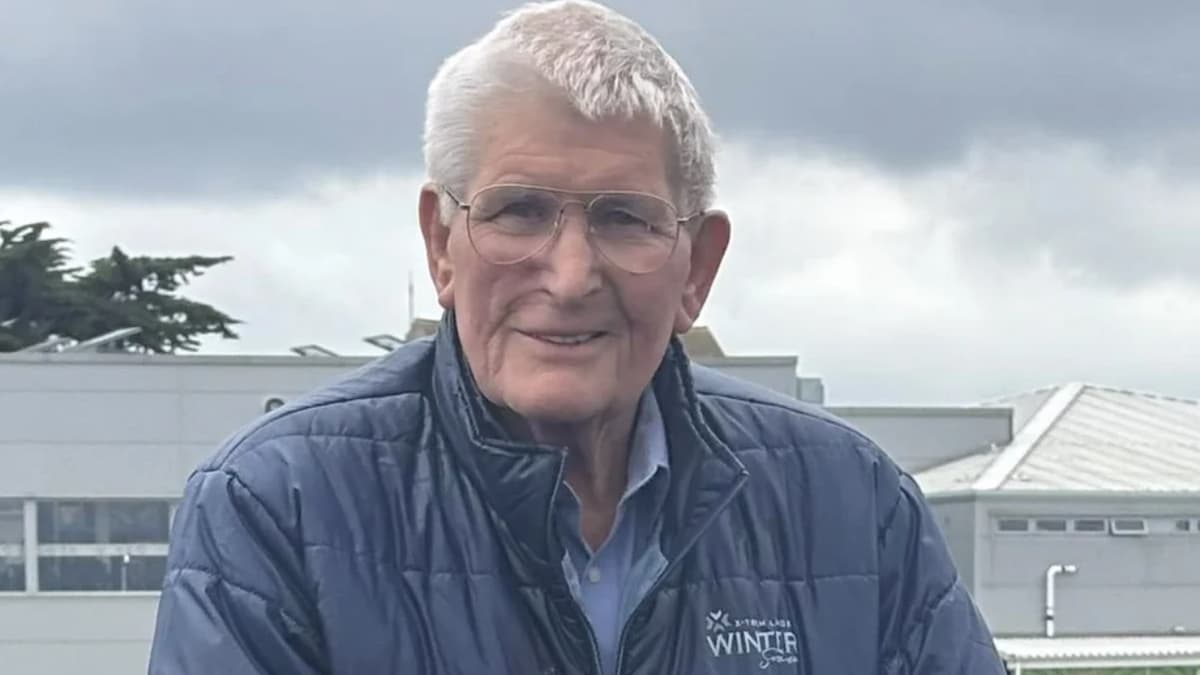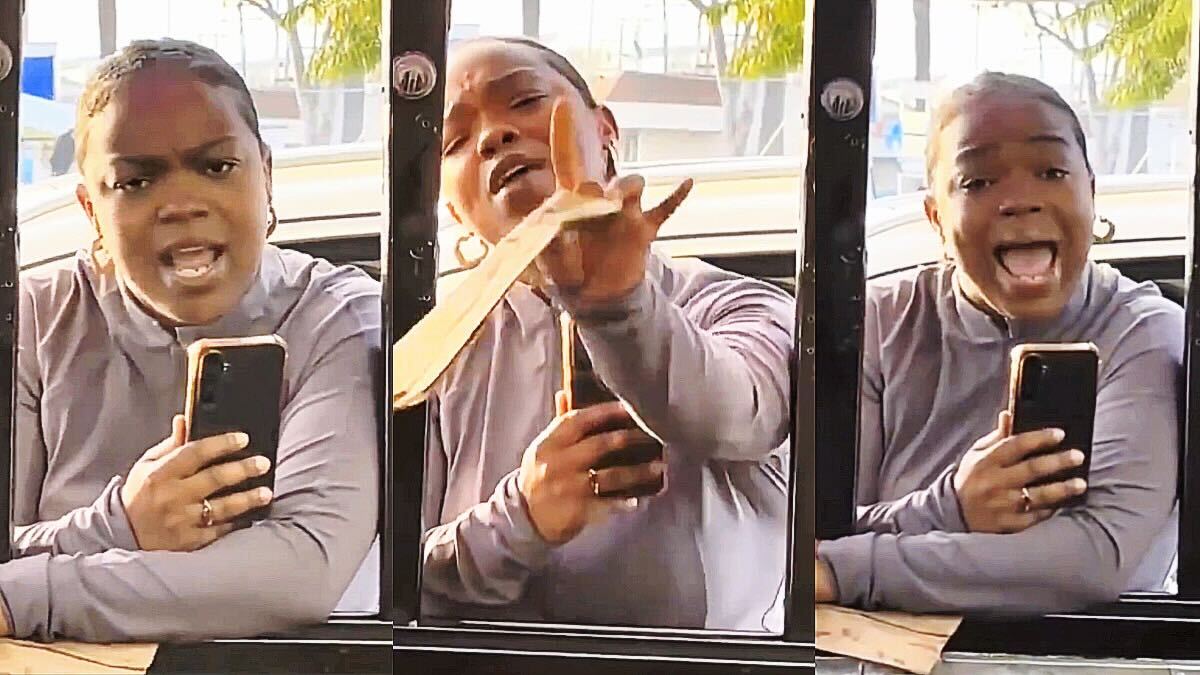While uniqueness and differences are often encouraged and celebrated, the reality for someone different in a way that society deems “unattractive” can be very brutal. Visibility and acceptance for disabled people have come a long way, but for Robert Hoge, who was born in the ‘70s with visible deformities, it hasn’t been a smooth journey. However, the author, motivator, and father has managed to turn what should have been a tragic story into one of hope and beauty.
Robert Hoge’s story
As Mary Hodge delivered her fifth baby in a hospital in Brisbane, Australia, her most difficult labor yet, she suspected something was wrong. In 1972, prenatal scans were not yet a thing, and, after having four children, she originally didn’t expect anything out of the ordinary. However, her fears were confirmed when, post-delivery, her doctors informed her that her son, Robert, was born with deformed legs and a tumor between his eyes. She didn’t want to see the baby. In fact, she refused to see him for a month and, in her shock, was determined to abandon him.
Robert Hoge explained in an interview with NPR, “The tumor subsumed my nose and pushed my eyes to the side of my head.” This left Hoge with a very distinct face. When you’re a kid showing up on your first day of school and trying to make new friends, the last thing you want to be is different. And when you’re a parent, and your first glimpse of your newborn child isn’t what you expect, you might not be in control of your reactions. It took all four of Robert’s siblings to convince Mary to take the baby home.
Hoge was able to read every detail of his mother’s thoughts about his arrival through a journal she kept after his birth. Reading about your mother’s thoughts post-pregnancy should be a beautiful experience, but for Hoge, he got to see her unfiltered feelings. Entries that read, “I wished he would go away or die or something. I just wanted to be finished with it all.”
Despite their initial reservations, Hoge didn’t lack parental love in his childhood. His mother was honest with him from a young age about how difficult the decision was to accept him. That level of honesty with such a young child is debatable, but Hoge never hated or resented his parents for their initial hesitation. He always knew that his story would have a happy ending, and he reflected on his mother’s openness in his NPR interview.
That kind of honesty and that openness was really important to me growing up and I think that has really enabled me to be pretty open and honest about all my feelings in the book.
For most of his childhood, Hoge was subjected to multiple surgeries to remove the tumor on his face and reconstruct his features. This left him with many deformities and scars on his face that he still carries to this day. When he was 14, his parents gave him the choice to have a major facial reconstructive surgery. The surgery would alter most of his birth defects and make him look as close to “normal” as possible, but there was a high risk that he might lose his sight as a side effect. After having undergone 24 surgeries in total in his life, and with the knowledge of the risks, Hoge declined the surgery. He decided to define beauty for himself and live his life the way he was born. This journey is outlined in his memoir, Ugly.
Turning lemons into lemonade
Robert Hoge released his memoir, Ugly, in 2013. He began his career as a journalist and briefly worked as a political advisor before turning his sights on disability advocacy. Hoge doesn’t shy away from the word “ugly.” Rather, he shared with HuffPost that he believes we can each develop our own sense of beauty and follow that instead of holding each other to impossible standards. “I’ve got no problem describing myself as ugly,” he said.
His memoir tells the story of his life, from not only accepting his looks but also coming to love himself in his entirety. Hoge was very particular about his story reaching disabled young people, standing against the “false politeness” some adults express towards kids.
If a kid is genuinely aware of some part of their appearance which most of the world would suggest to them is not beautiful, then I don’t think that’s the best way to help that kid.
He also wanted to encourage people to not be too fragile with disabled people. While not all disabled people are okay with talking about their disabilities, many, like himself, are happy to answer questions and be sources of education. “I’d much rather we spend time having awkward, bumbling, sometimes difficult, sometimes annoying, sometimes amazing and awesome conversations because that’s the only way through it.”
Robert Hoge is now married with children and continues to advocate for the acceptance of disabilities.










Published: Nov 27, 2024 12:41 pm